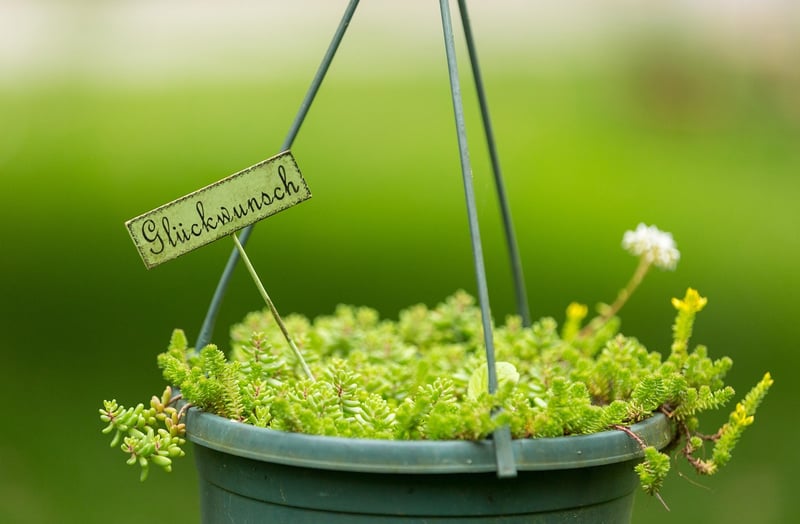Vertical Towers
Exploring Different Ways to Plant: Vertical Towers
Are you looking to maximize your gardening space or add a unique touch to your garden? Vertical towers might be the perfect solution for you. In this article, we will explore different ways to plant using vertical towers, allowing you to create a stunning and space-efficient garden.
1. Vertical Gardening
Vertical gardening involves planting on vertically suspended panels or structures. This technique is ideal for small spaces or urban environments where ground space is limited. You can grow a variety of plants, including herbs, flowers, and even vegetables, in a vertical garden.

2. Living Wall Systems
Living wall systems are a type of vertical garden that consists of modular panels with pockets where plants can grow. These systems are not only visually appealing but also help improve air quality and insulation. You can create a stunning living wall both indoors and outdoors.

3. Tower Gardens
Tower gardens are vertical aeroponic growing systems that allow you to grow plants without soil. These towers use a nutrient-rich water solution to grow plants, making them ideal for indoor gardening or areas with poor soil quality. Tower gardens are perfect for growing herbs, leafy greens, and even small fruits.

4. Hanging Planters
Hanging planters are a simple yet effective way to add vertical elements to your garden. You can hang planters from walls, fences, or pergolas to create a cascading effect of plants. This method works well for trailing plants like ivy, petunias, or strawberries.

By incorporating vertical towers into your gardening repertoire, you can unleash your creativity and make the most of limited space. Whether you opt for a vertical garden, living wall system, tower garden, or hanging planters, the possibilities are endless. Start planting vertically today and watch your garden reach new heights!
